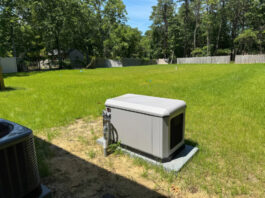Create an account
Welcome! Register for an account
A password will be e-mailed to you.
Password recovery
Recover your password
A password will be e-mailed to you.
- HOME
- BUSINESS
- AllAIApp Development Guides & TipsBlogging Tips for Small BusinessesBusiness SpotlightsCBDConsultingEcommerceBuilding Traffice-BizeBayHow-To GuidesInternet MarketingSearch Engine OptimizationSite ManagementSocial MediaWeb Site DesignEquipmentFranchisesFreelance WorkGig EconomyGo GreenHow-To GuidesLow-Cost BusinessesMail OrderNetwork MarketingPublishingReal EstateRetirementSecuritySEO
- FRANCHISES
- NETWORK MARKETING
- NEWS
- START-UP
- GROW
- SALES
- MONEY
- OFFICE
- ENTREPRENEUR
- PODCAST
Home How to Work from Your Home Office
How to Work from Your Home Office
Working from a home office can offer an incredibly convenient option to run your business. It’s important, however, to maintain the same level of efficiency and productivity as you would with a regular commute to a separate location. If you need tips and guides on how to work from home, look no further than Home Business Magazine. We provide content on all topics related to telecommuting and working from home, which includes organizational advice, the best equipment to have, and security recommendations to keep your operation secure. If you want to learn more about how to work from home and effectively telecommute, browse Home Business Magazine today.
© Copyright 2024 Home Business Magazine. All Rights Reserved.
Website by Home Business Media
Website by Home Business Media




























































